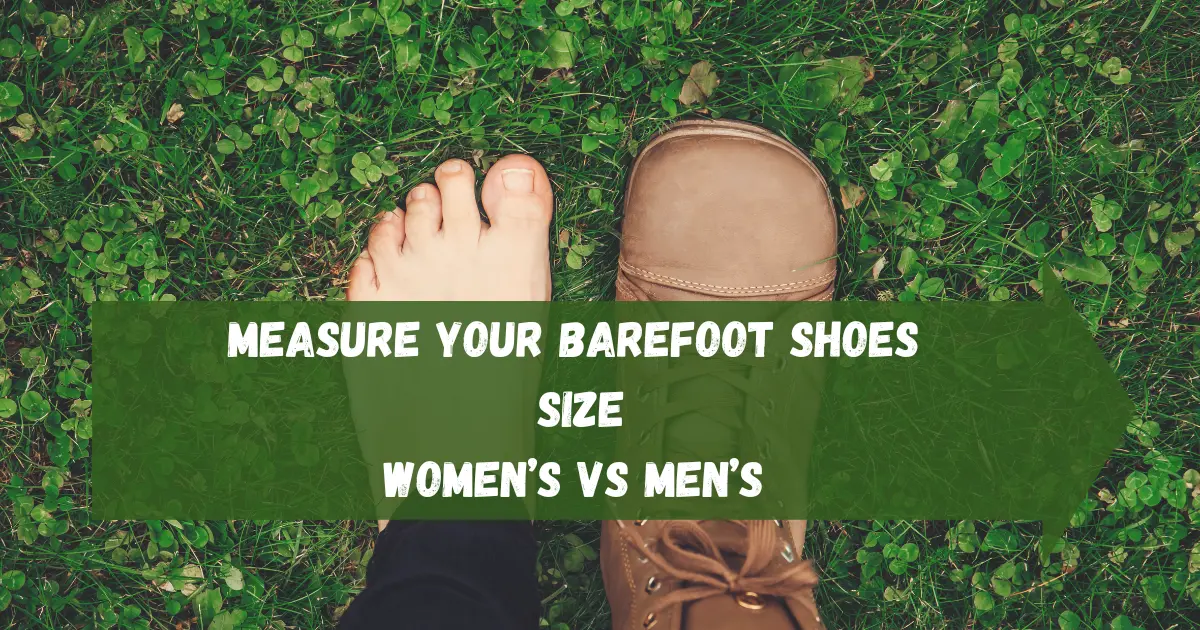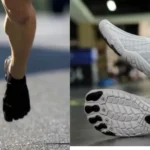Barefoot shoes have gained popularity for their minimalistic design, which promotes natural foot movement and enhanced comfort. Selecting the correct size can be challenging, especially when converting between women’s and men’s sizes. Many women find that their feet can vary in dimensions compared to traditional shoe sizing they may require wider toe boxes to accommodate natural foot splay.
Some brands have begun adopting a unisex approach to their sizing systems, blurring the lines between Women’s and Men’s Barefoot Shoe Size.
If you want to convert between the two, take the women’s size and subtract 1.5 to find the men’s equivalent.
Women’s To Men Shoe Size Conversion Chart
| Women’s (US) | Men’s/Youth (US) | UK | Euro |
|---|---|---|---|
| 4 | 2 | 1 | 34 |
| 4.5 | 2.5 | 1.5 | 34.5 |
| 5 | 3 | 2.5 | 35 |
| 5.5 | 3.5 | 3 | 35.5 |
| 6 | 4 | 3.5 | 36 |
| 6.5 | 4.5 | 4 | 36.5 |
| 7 | 5 | 4.5 | 37 |
| 7.5 | 5.5 | 5 | 38 |
| 8 | 6 | 5.5 | 39 |
| 8.5 | 6.5 | 6 | 39.5 |
| 9 | 7 | 6.5 | 40 |
| 9.5 | 7.5 | 7 | 41 |
| 10 | 8 | 7.5 | 41.5 |
| 10.5 | 8.5 | 8 | 42 |
| 11 | 9 | 8.5 | 43 |
| 11.5 | 9.5 | 9 | 43.5 |
| 12 | 10 | 9.5 | 44 |
| 12.5 | 10.5 | 10 | 44.4 |
| 13 | 11 | 10.5 | 45 |
| 14 | 11.5 | 11 | 46 |
| 14.5 | 12 | 11.5 | 46.5 |
Men Shoe Size To Women Conversion Chart
| Women’s (US) | Men’s/Youth (US) | UK | Euro |
|---|---|---|---|
| 2 | 4 | 1 | 34 |
| 2.5 | 4.5 | 1.5 | 34.5 |
| 3 | 5 | 2.5 | 35 |
| 3.5 | 5.5 | 3 | 35.5 |
| 4 | 6 | 3.5 | 36 |
| 4.5 | 6.5 | 4 | 36.5 |
| 5 | 7 | 4.5 | 37 |
| 5.5 | 7.5 | 5 | 38 |
| 6 | 8 | 5.5 | 39 |
| 6.5 | 8.5 | 6 | 39.5 |
| 7 | 9 | 6.5 | 40 |
| 7.5 | 9.5 | 7 | 41 |
| 8 | 10 | 7.5 | 41.5 |
| 8.5 | 10.5 | 8 | 42 |
| 9 | 11 | 8.5 | 43 |
| 9.5 | 11.5 | 9 | 43.5 |
| 10 | 12 | 9.5 | 44 |
| 10.5 | 12.5 | 10 | 44.4 |
| 11 | 13 | 10.5 | 45 |
| 11.5 | 13.5 | 11 | 46 |
| 12 | 14 | 11.5 | 46.5 |
Women’s Sizes (US, EURO, UK, Inches, CM/Mexico)
| Women’s (US) | Inches | CM/Mexico | UK | Euro |
|---|---|---|---|---|
| 4 | 8.1875 | 28.8 | 2 | 35 |
| 4.5 | 8.375 | 21.3 | 2.5 | 35 |
| 5 | 8.5 | 21.6 | 3 | 35-36 |
| 5.5 | 8.75 | 22.2 | 3.5 | 36 |
| 6 | 8.875 | 22.5 | 4 | 36-37 |
| 6.5 | 9.0625 | 23 | 4.5 | 36 |
| 7 | 9.25 | 23.5 | 5 | 37-38 |
| 7.5 | 9.375 | 23.8 | 5.5 | 38 |
| 8 | 9.5 | 24.1 | 6 | 38-39 |
| 8.5 | 9.6875 | 24.6 | 6.5 | 39 |
| 9 | 9.875 | 25.1 | 7 | 39-40 |
| 9.5 | 10 | 25.4 | 7.5 | 40 |
| 10 | 10.1875 | 25.9 | 8 | 40-41 |
| 10.5 | 10.3125 | 26.2 | 8.5 | 41 |
| 11 | 10.5 | 26.7 | 9 | 41-42 |
| 11.5 | 10.6875 | 27.1 | 9.5 | 42 |
| 12 | 10.875 | 27.6 | 10 | 42-43 |
Men’s Sizes (US, EURO, UK, Inches, CM/Mexico)
| Women’s (US) | Inches | CM/Mexico | UK | Euro |
|---|---|---|---|---|
| 6 | 9.25 | 23.5 | 5.5 | 3 |
| 6.5 | 9.5 | 24.1 | 6 | 39 |
| 7 | 9.625 | 24.4 | 6.5 | 40 |
| 7.5 | 9.75 | 24.8 | 7 | 40-41 |
| 8 | 9.9375 | 25.4 | 7.5 | 41 |
| 8.5 | 10.125 | 25.7 | 8 | 41-42 |
| 9 | 10.25 | 26 | 8.5 | 42 |
| 9.5 | 10.4375 | 26.7 | 9 | 42-43 |
| 10 | 10.5625 | 27 | 9.5 | 43 |
| 10.5 | 10.75 | 27.3 | 10 | 43-44 |
| 11 | 10.9375 | 27.9 | 10.5 | 44 |
| 11.5 | 11.125 | 28.3 | 11 | 44-45 |
| 12 | 11.25 | 28.6 | 11.5 | 45 |
| 13 | 11.5626 | 29.4 | 12.5 | 46 |
| 14 | 11.875 | 30.2 | 13.5 | 47 |
| 15 | 12.1875 | 31 | 14.5 | 48 |
| 16 | 12.5 | 31.8 | 15.5 | 49 |
Why Men’s and Women’s Shoe Sizes Don’t Align
Barefoot shoes differ from traditional footwear in several key ways:
- Wider Toe Box: To allow toes to spread naturally.
- Minimal Cushioning: Mimics walking barefoot, offering a better ground feel.
- Flexible Design: Adapts to the natural shape of the foot.
Because of these features, finding the right size is crucial. Women’s to men’s barefoot shoe sizes often overlap, but factors like foot width and length require careful attention
Sizes may vary slightly depending on the brand. Always consult brand-specific size charts for accuracy
How to Choose the Right Fit: Barefoot Sizing Tips and Tricks
How to Measure Your Feet Accurately?
- Place your foot on a piece of paper and trace its outline.
- Measure the length (heel to longest toe) and width (widest part).
- Compare measurements with the brand’s sizing chart.

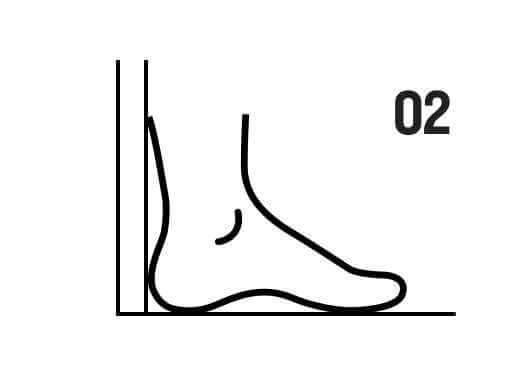
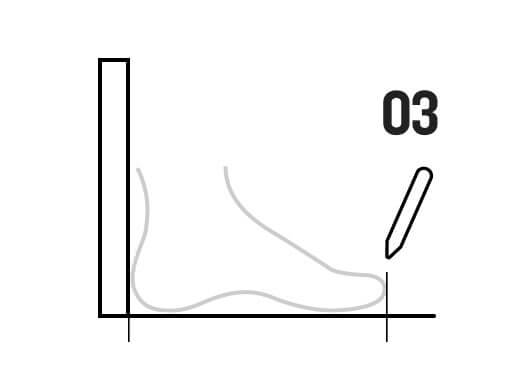
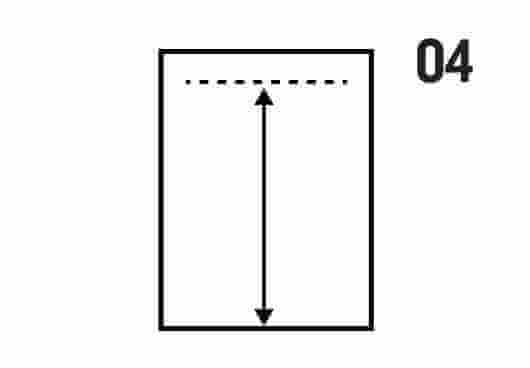
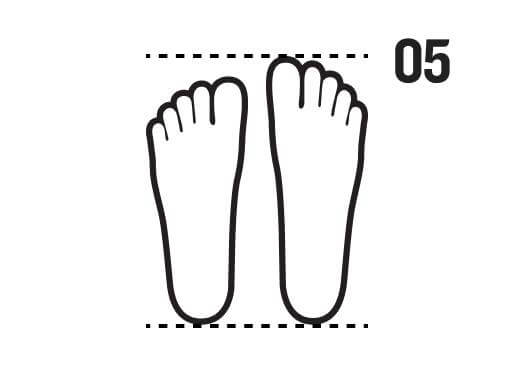
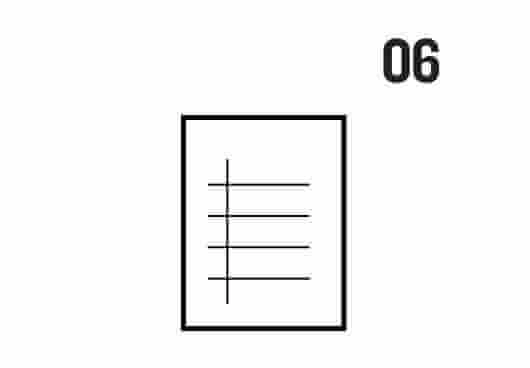
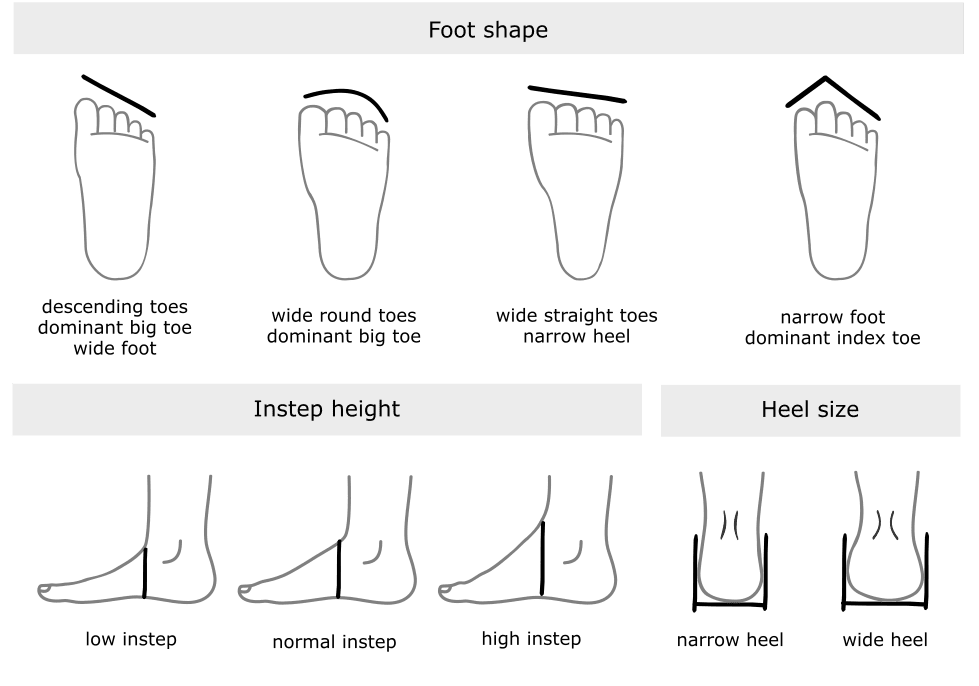
- Consider Toe Space
Barefoot shoes should provide extra room at the toe box—about 0.5 to 1 cm beyond the longest toe. - Focus on Width
If your foot feels squeezed at the sides, opt for wide-fit models. - Test at Home
Try barefoot shoes indoors first. Walk around to ensure they feel snug but not tight.
Brand-Specific Women’s and Men’s Barefoot Shoe Size
Each brand may interpret sizes differently. Here’s a quick guide to popular barefoot shoe brands:
VivoBarefoot:
- Known for a wide toe box and true-to-size fit.
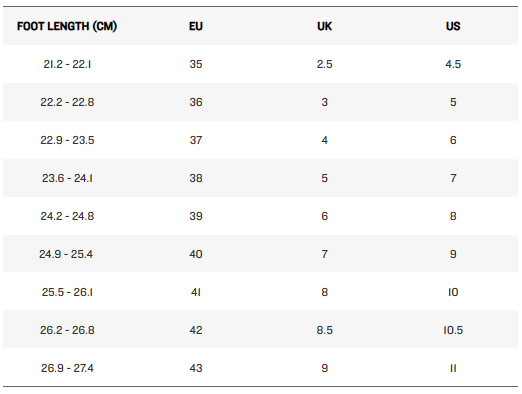
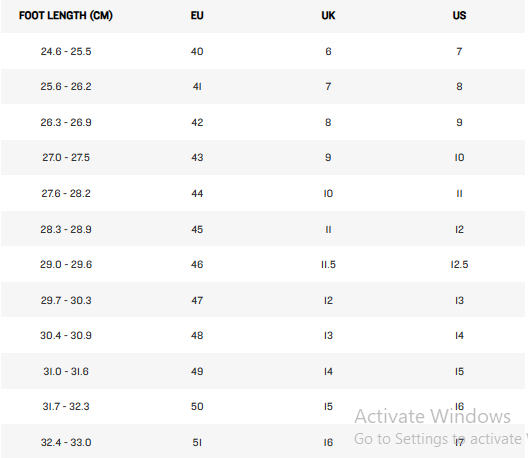
Xero Shoes:
- Offers both regular and wide sizes.

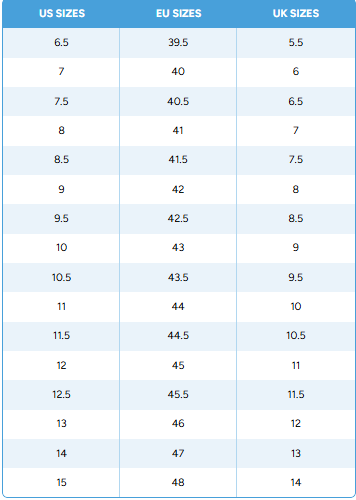
Lems:
- Slightly roomier; size down if in doubt
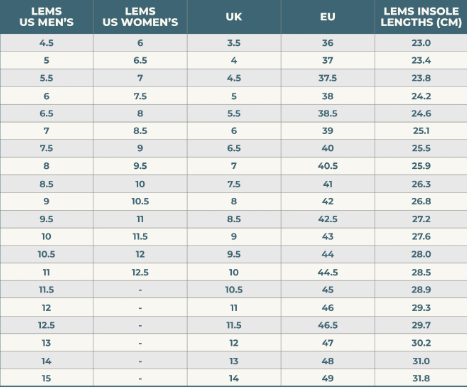
Summary
Women’s and men’s barefoot shoe size chart and conversion guides seeking the optimal fit for comfort and performance. Remember to consider factors such as foot shape and activity level in addition to size, ensuring a personalized fit that enhances your overall experience.
Considering factors like foot width and arch type can further refine your fit. Take the first step towards a more natural walking experience by exploring the available options in barefoot footwear today.
FAQ: Women’s and Men’s Barefoot Shoe Size
Can men wear women’s barefoot shoes and vice versa?
Yes, men can wear women’s barefoot shoes and vice versa. The primary difference between men’s and women’s footwear often lies in the sizing, shape, and sometimes the design aesthetics. They can comfortably wear shoes from the opposite gender as long as they pay attention to size and fit.
How do I determine the correct size for barefoot shoes?
To measure your feet, use a ruler or a foot-measuring device to measure both the length and width of your feet in centimeters or inches and consult the sizing chart provided by the shoe manufacturer, as sizes can vary between brands also try on shoes with socks.
What is a unisex barefoot shoe size?
A unisex barefoot shoe size refers to a sizing system that is designed to accommodate both men and women, unisex sizes use a common scale that simplifies the selection process for everyone, and it can be worn comfortably by individuals of any gender.
These shoes are often designed with a wider toe box and minimal cushioning to promote natural foot movement.
Are UK and US sizes for barefoot shoes easy to convert?
Converting UK and US sizes for barefoot shoes can be somewhat straightforward, but it’s important to note that sizing may vary between brands. Generally, the US size is about one size larger than the UK size for example, a UK size 7 typically corresponds to a US size 8.
How do European barefoot shoe sizes compare to US sizes for men and women?
In Europe, shoe sizes are typically measured in centimeters based on the length of the foot, while the US system uses a different scale that can vary between men’s and women’s sizes. For example, a man’s size 42 in Europe usually corresponds to about a man’s size 9 in the US, whereas a woman’s size 39 in Europe typically translates to a woman’s size 8.5 in the US.

